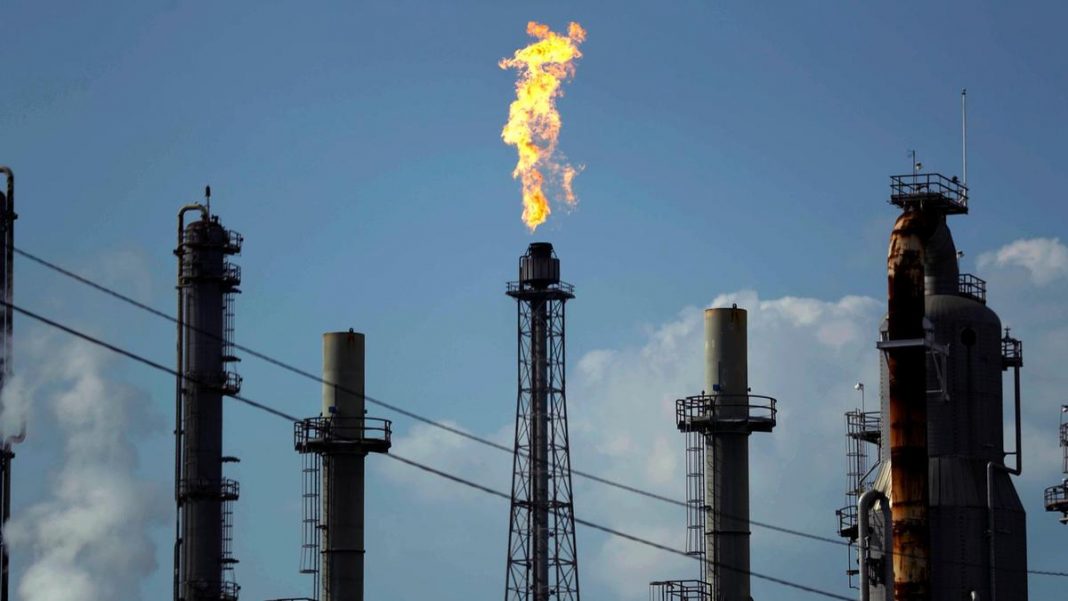Crude oil prices extend gains for a third day in a row on Tuesday. Brent has registered fresh late-September highs marginally below the $63 handle and stays in the upper end of its widening trading range. During the local rally, the prices managed to get back above the 100-DMA, which is a signs of some improvement in the short-term technical picture in the market.
The major driver behind the bullishness is a widespread optimism over the US-China trade relations. The latest signals from both sides give rise to the hope of resolving the protracted trade war that has already started to hurt global growth and risks undermining global oil demand. Traders cheered the news that Washington is considering concessions in the form of dropping existing tariffs on $112 billion of Chinese imports. Also, there are reports that China could avoid the planned imposition of tariffs due to take effect in mid-December.

However, the current bullishness in the oil market still lacks credibility, and the upside potential at the current levels looks limited. And here’s why:
– First, there is a strong technical resistance on the way up, which comes in the form of the 200-DMA around $64.35. This level, if reached, could trigger a pullback in the short term.
– Second, traders are already well aware of Donald Trump’s policy mood swings. So despite all the talks about concessions and progressing towards a deal, there is no guarantee that warming of relations will materialize.
– Third, this week’s updates on the US crude oil inventories from the API and EIA could disappoint after a large rise in stockpiles previously.
– Fourth, the downside risks for the market could come from economic updates out of the major countries including a series of China trade data due on Friday.
As such, Brent may resume the downside move in the days to come and even get back below the $60 psychological handle should risk aversion reemerge, or industry news disappoint investors. Should the futures start a bearish correction, the 100-DMA around $61.50 could serve as the intermediate support.





























